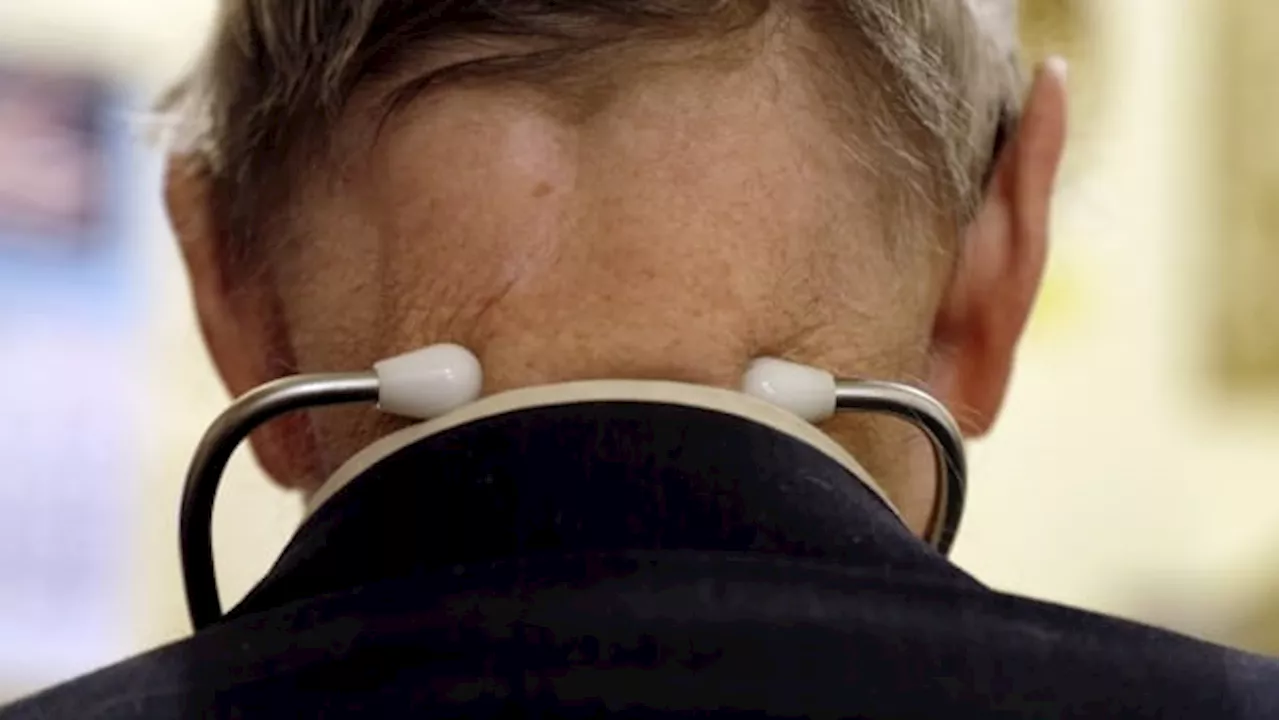The Globe followed up with readers who shared their experience with post-COVID-19 condition last year.
A year ago, Sandy Choiniere was so weak from long COVID, she couldn’t hold her 20-month-old daughter in her arms while standing.
They’re only 11 of the estimated 3.5 million Canadian adults who reported experiencing long-term symptoms following a COVID-19 infection. The most commonly reported symptoms are fatigue, shortness of breath and cognitive dysfunction, but the list is long, ranging from hair loss and tinnitus to allergic reactions and feeling hot and cold sensations.
“Is there a one-size-fits-all treatment for long COVID at the moment? No,” says Dr. Mukherjee. So physicians are treating specific symptoms as they arise. Ms. Choiniere saw an occupational therapist to help her take care of her young daughter and manage her tiredness, and a chiropractor to help with dizziness. She had follow-ups with her family doctor and cardiologist and is on the waiting list for a long COVID clinic in Montreal.
Canada Latest News, Canada Headlines
Similar News:You can also read news stories similar to this one that we have collected from other news sources.
 Four years later, Canadians with long COVID are still strugglingThe Globe followed up with readers who shared their experience with post-COVID-19 condition last year.
Four years later, Canadians with long COVID are still strugglingThe Globe followed up with readers who shared their experience with post-COVID-19 condition last year.
Read more »
 Nearly Half of Canadians Plan to Buy a Home in the Next Five YearsA recent report reveals that 49 percent of Canadians have intentions to purchase a home within the next five years, indicating an increase from the previous year. However, only a small percentage plan to buy a home within the next 12 months. The report also highlights the percentage of Canadians who plan to use a down payment and the various sources of assistance they receive.
Nearly Half of Canadians Plan to Buy a Home in the Next Five YearsA recent report reveals that 49 percent of Canadians have intentions to purchase a home within the next five years, indicating an increase from the previous year. However, only a small percentage plan to buy a home within the next 12 months. The report also highlights the percentage of Canadians who plan to use a down payment and the various sources of assistance they receive.
Read more »
 20+ Inspirational Black Canadians To KnowIn honour of Black History Month, we're highlighting Black Canadians of the past and present who have made notable contributions to society.
20+ Inspirational Black Canadians To KnowIn honour of Black History Month, we're highlighting Black Canadians of the past and present who have made notable contributions to society.
Read more »
 Meet some of the 6 million Canadians who don't have a family doctorA doctor wears a stethoscope around his neck as he tends to patients in his office. More than 6.5 million Canadians go without regular access to a family doctor or nurse practitioner, according to data from the OurCare initiative.
Meet some of the 6 million Canadians who don't have a family doctorA doctor wears a stethoscope around his neck as he tends to patients in his office. More than 6.5 million Canadians go without regular access to a family doctor or nurse practitioner, according to data from the OurCare initiative.
Read more »
